#hans bernhard
Explore tagged Tumblr posts
Text

dé-coll/age no.5, 1966, via MoMA
#fluxus#magazines#Joseph Beuys#René Block#Claus Bremer#Henning Christiansen#Hans#Joachim Dietrich#Ludwig Gosewitz#Dick Higgins#Bernhard Höke#Allan Kaprow#Franz Mon#Benjamin Patterson#Eckart Rahn#Gerhard Rühm#Vagelis Tsakiridis#Ben Vautier#Wolf Vostell#ZAJ
5 notes
·
View notes
Text
NATURE WRITING FESTIVAL HAMBURG 2025
Liebe KRAUTJUNKER-Lesefreunde, in Hamburg findet in einigen Wochen ein bemerkens- und vor allem: besuchenswertes Lese- und Erfahrungsaustauschfestival statt: das NATURE WRITING FESTIVAL. In Gesprächen, Vorträgen und Lesungen präsentiert das NATURE WRITING FESTIVAL HAMBURG 2025 an fünf Tagen vom 17. bis 21. Juni 2025 aktuelle Tendenzen und Themen des so traditionellen wie aktuell boomenden…
#Andreas Unterweger#Anna Katharina Woebse#Annette Hübner#Bernd Marcel Gonner#Bernhard Kegel#Bettina Rühl#Birgit Lutz#Daniela Danz#Doris Feil#Esther Kinsky#Genre Nature Writing#Georg Toepfer#Gerhard Trommer#Gianna Molinari#Graciana Petersen#Hans Leo Bader#Hartmut Bühme#Hella Kemper#Helmut Schjreier#Jan Philipp Reemtsma#Jan Röhnert#Karsten Reise#Katharina Hagena#Laura Burgers#Laura Burgers UN#Laura Kranich#Lena Frings#Leo Bader#Lothar Frenz#Marie Gamillscheg
2 notes
·
View notes
Text


#TOM#RAWLING#TOM RAWLING#DIETER WEBER - LEONHARD EULER OSCAR GAUSS OR OSKAR GAUSS GEORG SCRÖDER OR GEORG SCHRODER#TYLER COOPER - HANS ANDERSEN DURRELL KELLY CLIVE GALBRAITH#WILEM AND PADRAIG O'BRIEN - HEINRICH VON BERGSTROM#ENRIQUE TORTAS - HECTOR CAMACHO DOMINGO CHAVEZ JORGE LOPEZ#VLADIMIR SMIRSKY - ALEKSANDR BORODIN VIKTOR TUPOLEV RASPUTIN ZAITSEV#THOMAS ALDOUS RAWLING - VINCENZO ALBERTO DI ROSSI MICHAEL E. TERGETTY RALPH JONES#HONG FAT - WANG TZU SUN WEI FANG LAO#REAL NAME - THEN GREAT SEARCH THEN ROBOT PRODUCTION MAGNATE THEN NOT REAL AFTER TIME#SOME MAY BE MIXED UP OR OUT OF ORDER#WILEM ALAN AND PADRAIG STEVEN O'BRIEN (GALLAGHER)#TYLER COOPER (DUNCAN)#HANS GRÜBER#BERNHARD LANGER#FRANZ BERGMAN#INGRID BERGMAN#SYLVIA PLATH#HELGA MÄRZEN#ELENA SMIRSKY#KEVIN GALLAGHER#GERALD DUNCAN#ALICE COOPER#MARGARET ANN O'BRIEN#PETER BURKE#IAN ARNOLD#RONALD MCDONALD#DAVID MCHUGH#DAFYDD OR DAVYDD AB HUGH
3 notes
·
View notes
Text

#robertbokor#musikfreunde#orchestermusikfreunde#Konzertchors.gallen#robert bokor#switzerland#ursina leuenberger#christof breitenmoser#bernhard bichler#pascale krayenbühl#hans peter völkle#st.gallen#operngala#all stars
0 notes
Video
youtube
Witchrider - Black
#youtube#witchrider#black#unmountable stairs#daniel dorninger#michael hirschmugl#peter leitner#bernhard weigl#hans-peter#stoner rock#desert rock#alternative metal#heavy metal#musi#music is love#music is life#music is religion#raining music#rainingmusic
0 notes
Text
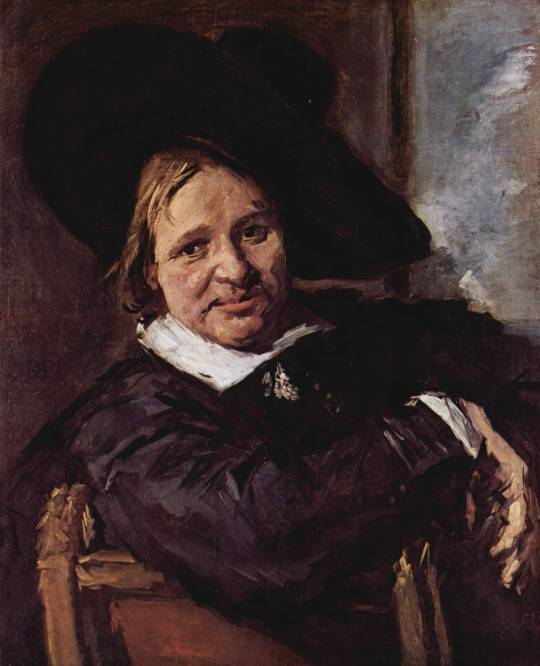


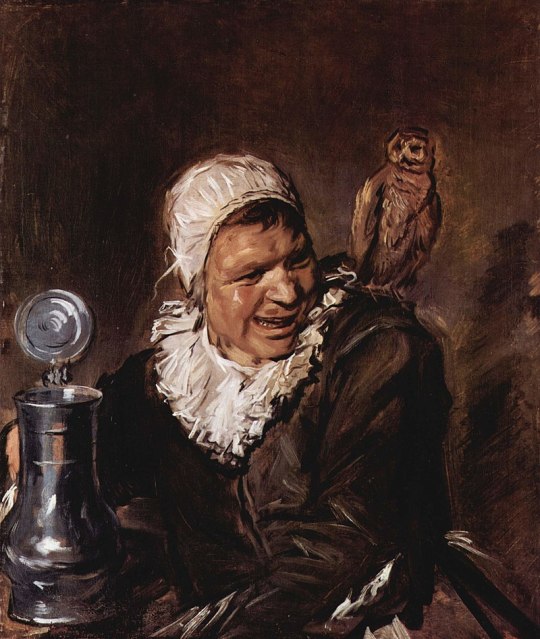

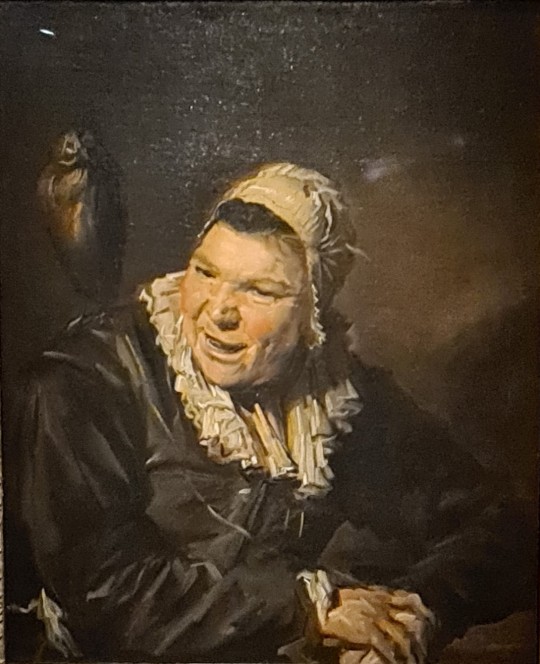
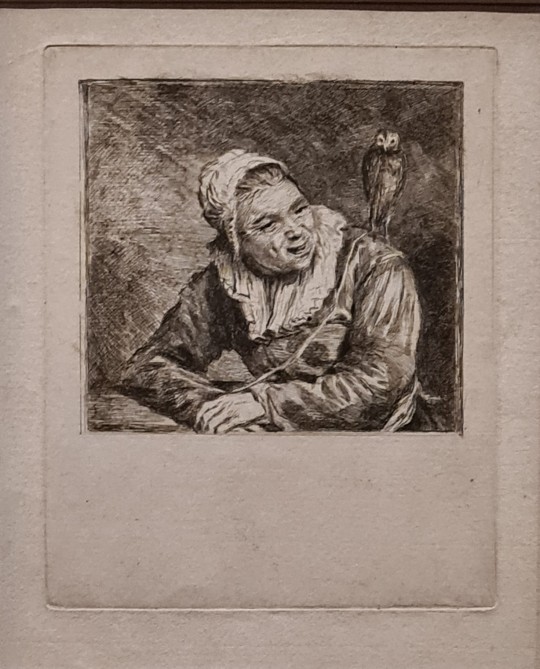

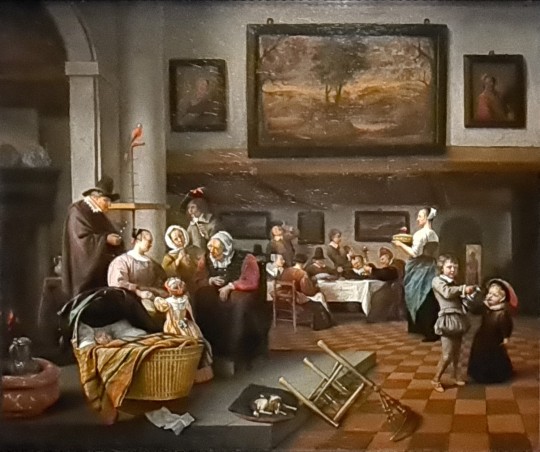

Wat? Bildnis eines Mannes mit Schlapphut (1660) door Frans Hals, Bildnis eines Mannes met Schlapphut (Kopie nach Frans Hals, 1907) door Lovis Corinth, Bildnis des Sanitätsarts Dr. Jacob Sachs (1878), Malle Babbe (1640-1646) door Frans Hals, Malle Babbe (Kopie nach Frans Hals, 1869) door Gustave Courbet, Malle Babbe (1640-1646) door Frans Hals (werkplaats), Malle Babbe (1760-1817) door Louis Bernhard Coclers, Malle Babbe (1932-1939) door Han van Meegeren en Wie die Alten sungen, so pfeifen auch die Jungen (1665-1670) door Jan Steen (met detail)
Waar? Tentoonstelling Frans Hals, Meister des Augenblicks in Gemäldegalerie, Berlijn
Wanneer? 8 augustus 2024
Hoewel Frans Hals nooit echt in de vergetelheid is geraakt, werd hij toch lange tijd gezien als een tweederangs schilder. Zijn spontane techniek werd beschouwd als slordig. Dat verandert in de negentiende eeuw, wanneer hij wordt herontdekt als een van de grootmeesters van de zeventiende-eeuwse schilderkunst. Dit is niet in de laatste plaats te danken aan kunstcriticus Théophile Thoré-Bürger (1807-1869).
Impressionisten als Max Liebermann en Lovis Corinth zijn sterk onder de indruk van Hals’ levensechte schilderijen en zijn vrije, schetsmatige schilderstijl. Op de wand van de expositieruimte is een uitspraak van Lovis Corinth uit 1907 afgedrukt: “Frans Hals hat genau so gemalt wie ich. […] Ich brauche mich gar nicht zu verstellen.” Zijn kopie van Hals’ man met slappe hoed illustreert zijn stelling. Liebermann neemt de houding van de man met slappe hoed over voor zijn portret van Jacob Sachs.
Ook realist Gustave Courbet was een fan van Frans Hals. Dat blijkt in het volgende deel van de tentoonstelling. Een verhoging biedt een podium aan Malle Babbe. Toen dit schilderij in 1869 op een tentoonstelling in München werd geëxposeerd, nam Courbet de gelegenheid te baat om er een kopie van te schilderen. Hij blijft dicht bij het origineel, zij het dat hij Frans Hals’ monogram en het jaartal 1645 zelf toevoegt. Het is beslist geen slechte kopie, maar vooral de mond haalt het niet bij het origineel. Het vreemde lachje van Malle Babbe blijkt niet zo gemakkelijk na te maken.
De kopie van Courbet hangt links van het origineel. Rechts hangt een andere versie van het werk uit The Metropolitan Museum of Art in New York. Hoewel het werk eerder wel aan Hals is toegeschreven, wijst onderzoek uit dat het afkomstig is uit zijn werkplaats. Dat Malle Babbe al snel een bekend motief was in de schilderkunst, blijkt uit een prent van Louis Bernhard Coclers (1740-1817) naar de New Yorkse versie van het werk. Heel interessant is Malle Babbe in de stijl van Hals door meestervervalser Han van Meegeren (1889-1947). Het werk werd in 1939 in zijn atelier in Nizza in beslag genomen. De toestand van het werk is niet al te best. Ondanks dat laat het schilderij zien dat Van Meegeren beslist een kundig schilder was. Ik vind zijn Malle Babbe als werk van Hals een stuk overtuigender dan de in de jaren ’30 en ’40 aan hem toegeschreven ‘Vermeers’.
Het hoofdstukje ‘Malle Babbe’ wordt afgesloten met een schilderij van Jan Steen: Zo de ouden zongen, pijpen de jongen. De reden voor de aanwezigheid op deze tentoonstelling is dat er in het door Steen geschilderde interieur twee werken van Frans Hals hangen, waaronder: Malle Babbe.
#frans hals#lovis corinth#max liebermann#gustave courbet#louis bernhard coclers#han van meegeren#jan steen
0 notes
Text
youtube
die gläserne zelle, hans w. geißendörfer 1978
*


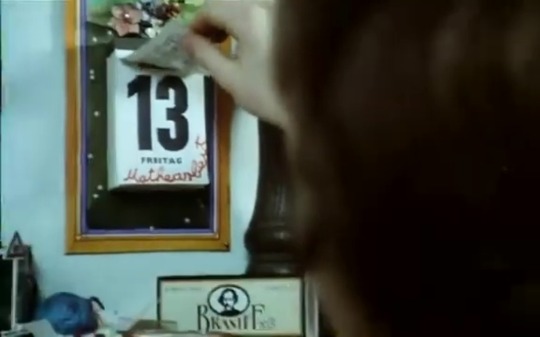
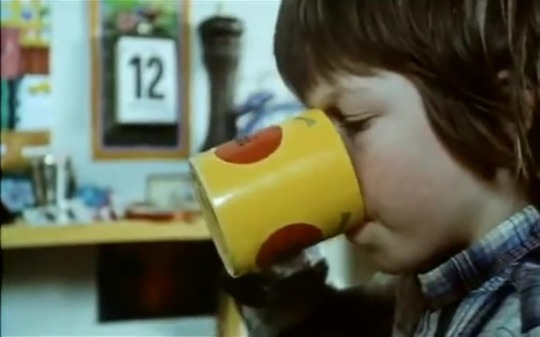

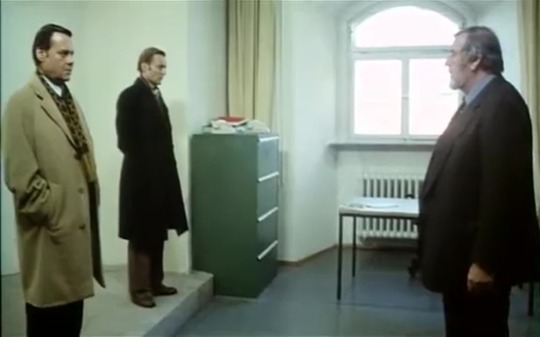

#die gläserne zelle#hans w. geißendörfer#1978#helmut griem#dieter laser#claudius kracht#brigitte fossey#edith volkmann#bernhard wicki#günther strack#heinz bennent#die verlorene ehre der katharina blum#welt am draht#die wand#solaris#peter przygodda#robby müller#robert merkl#ronny reyer#about photography#private photographs#unpublished#13
1 note
·
View note
Text
Hans Albert Einstein | 68+ Mind Blowing Albert Einstein quotes
Today we are going to read Mind Blowing Hans Albert Einstein quotes and Albert Einstein short biography. Albert Einstein was born into a Jewish family in Württemberg, Germany. His father Harman Einstein was an engineer and salesman. His mother’s name was Paulin Einstein. Although Einstein initially had difficulty speaking, he excelled in studies. His mother tongue was German and he later learned…
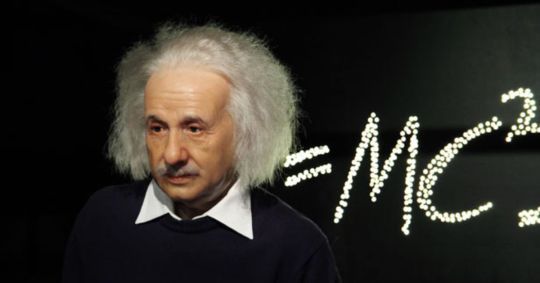
View On WordPress
#albert einstein great-grandchildren#albert einstein wife#bernhard caesar einstein son#hans albert einstein#hans albert einstein age#hans albert einstein award#hans albert einstein cause of death#hans albert einstein iq#hans albert einstein son
0 notes
Text
TWENTY: Solothurn (CH) bis 16.12.2023
Nach 20 Jahren Engagement für zeitgenössischen Schmuck und Objekte lädt die Galerie S O Sie ein, diese spannende Reise in der Galerie S O in Solothurn zu feiern. Hans Stofer, heart 2022, iron, stainless steel Die Galerie S O Solothurn zeigt zum 20-jährigen Bestehen eine Rückschau mit Werken und Arbeiten von Künstlerinnen und Künstlern aus dieser Zeit – eine Gruppenausstellung aus dem Bereich…

View On WordPress
#Andi Gut#Bernhard Schobinger#David Bielander#Fotografie#Galerie SO#Hans Stofer#Jubiläum#Lisa Walker#Objekt#Otto Künzli#Peter Bauhuis#Schmuck#Schmuckkunst#Solothurn
0 notes
Text

COME WHAT MAY SERIES CHARACTER GUIDE

READ COME WHAT MAY SERIES HERE
→ red bull sebastian vettel x female race engineer intern & webber girlfriend!reader → based on 2010 and 2011 formula 1 seasons
current taglist: @hc-dutch @raavadakedavra @coffeedestroyingperson @evey-kuznetskova @bowielovesyou @chaoswithus @isotopemylove @iceman-kazansky @residentdemonhunter @astronomyandfrogs @herdetectivetheorist @prttylight @i-love-sirius-black7 @dreamauri @03071987 [feel free to join the taglist!]
VEE'S NOTES: Hi everyone! I've been thinking quite a while on doing this, and since Come What May series do have many original characters created by me, I wanted to do a quick guide so you don't get lost when you start reading the series! There are some details shown that are important to the plot of the series, so you can imagine certain scenarios that might be true or not... Hope you like it!

Y/N Y/L/N · Mechanical Engineering last year student · Red Bull Racing race engineer intern, working alongside Sebastian Vettel and his race engineer, Guillaume Rocquelin "Rocky" since 2009 (previously, race engineer intern in Toro Rosso, during 2008 season) · Mark Webber's girlfriend since 2009. Has a 12 age gap relationship with him · Sebastian Vettel's best friend since 2008, when they started working together in Toro Rosso, but she's secretly in love with him and has mixed feelings about this since she's dating Mark
SEBASTIAN VETTEL · Red Bull Racing's Formula 1 driver · Best friends with Y/N, but secretly in love with her (that's the reason he broke up with Hanna, and also because they weren't on the same page anymore) · He's very conscious of how poorly Mark is treating Y/N, and thinks he's doing pretty bad things to her and her reputation on her back
MARK WEBBER · Red Bull Racing's Formula 1 driver · Think Y/N is cheating on him with Seb after he heard Vettel on a conversation he was having with her in January 2010 · His only goal is trying his best to make Y/N distance herself from Sebastian and, maybe, Formula 1
CAMILLE DURAND · Red Bull Racing's newest race engineer intern, working alongside Mark Webber and his race engineer, Ciaron Pilbeam · She was hired by the team after Webber expressed his discomfort on Sebastian and how the team seemed to favor him, even when it comed to interns like Y/N · She also shares some secrets with Mark Webber and Eloise Schmidt, a mysterious journalist who seems quite close to the Australian
ARISTELLA ROESKE · Britta's (Seb's PR) niece · Meet Y/N during the Monaco GP in 2010 and they connect a lot, turning into very good friends · She has a "special" relationship with the Mercedes Formula 1 driver, Nico Rosberg
ELOISE SCHMIDT · Formula 1 journalist for Sky Sports Germany · Also, she also collaborates with some paps and gossiping specialized journalists to share private life details about Formula 1 drivers, specially Sebastian Vettel and her supposed mistress, Y/N Y/L/N · She's quite close with Mark Webber and started having an affair shortly after Webber started dating Y/N
BERNHARD Y/L/N: Y/N's dad AMELIE Y/L/N: Y/N's younger sister (age in 2010: 14) LOUISA Y/L/N: Y/N's younger sister (age in 2010: 9) BRITTA ROESKE: Seb's PR JOHANNA MÜLLER: Y/N's aunt HANS MÜLLER: Y/N's uncle
MORE CHARACTERS TO COME
#formula 1#f1#sebastian vettel#formula 1 x reader#sebastian vettel x reader#f1 fic#f1 x reader#sebastian vettel imagine#sebastian vettel masterlist#sebastian vettel fic#sebastian vettel x yn#sebastian vettel fanfiction#formula 1 fanfiction#f1 fanfiction#sebastian vettel one shot#sebastian vettel x you#mark webber x reader#sebastian vettel series#sv5#vettel#red bull seb#come what may series#angst#sebastian vettel angst#sebastian vettel fanfic#f1 fanfic#formula 1 fanfic
33 notes
·
View notes
Text
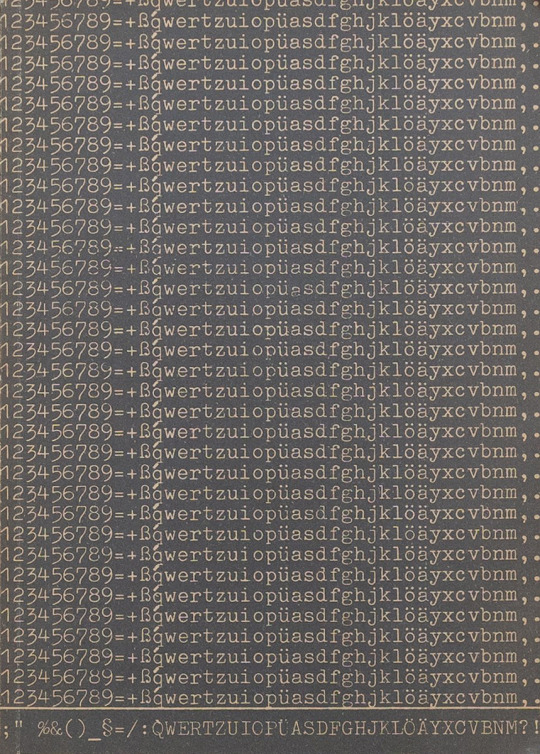
Der Göttinger Kunstverein zeigt Konzepte einer neuen Kunst im Städtischen Museum Am Ritterplan [Ausstellunszyklus in 4 Folgen], Kunstverein, Göttingen, 1970 [Studio Bruno Tonini, Gussago (BS)]
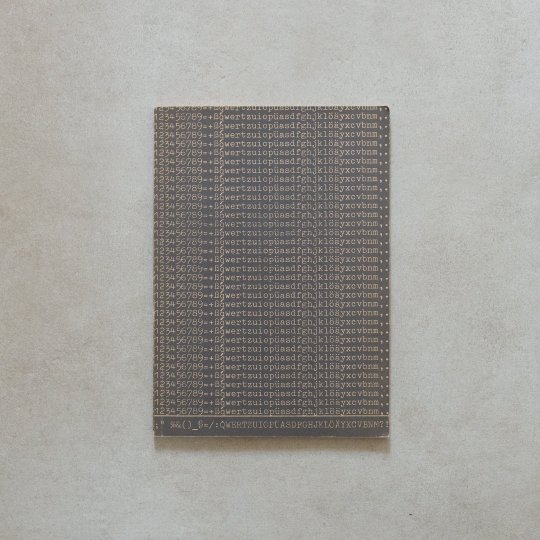
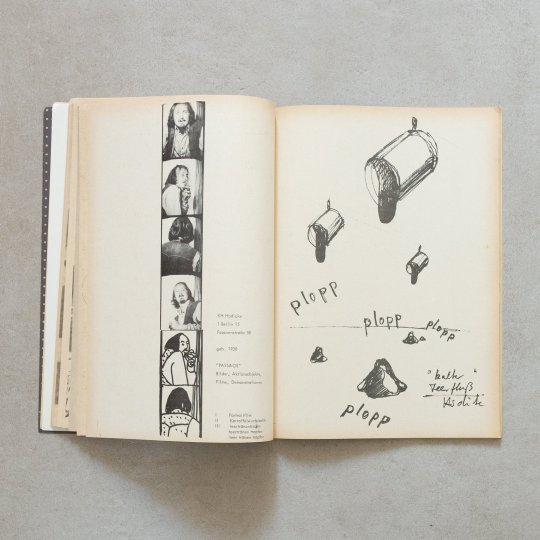


Feat.: Gabor Altorjagy, Thomas Bayrle, Joseph Beuys, Bruno Demattio, Herbert Distel, Otto Dressler, Hans D. Froese, Dieter Glasmacher, Hans Haacke, Gerhard Harvan, Ulrich Herzog, K. H. Hödiche, Bernhard Höke, Jörg Immendorff, Markus Lüpertz, Adolf Luther, Lutz Monmartz, Christoph Müller, Dieter Reick, Klaus Rinke, Konrad B. Schäuffelen, H. A. Schult, Helmut Schweizer, Daniel Spoerri, Timm Ulrichs, Renate Weh, Günther Weseler
Exhibition: divided into a cycle of four events placed on different dates: January 9-28, 1970 (Beuys, Haacke, Höke, Ulrichs); March 1-14, 1970 (Bayrle, Demattio, Harvan , Herzog, Müller, Schult, Weh, Weseler); March 20 – April 5, 1970 (Altorjay, Hödicke, Lüpertz, Monmartz, Reick, Schäuffelen, Schweizer, Spoerri); April 12-26, 1970 (Distel, Dressler, Froese, Glasmacher, Immendorff, Luther, Rinke)
#graphic design#typography#visual writing#pattern#exhibition#catalogue#catalog#cover#kunstverein göttingen#städtischen museum sm ritterplan#städtisches museum göttingen#1970s
18 notes
·
View notes
Text


The architecture of expressionism was one of Wolfgang Pehnt’s life themes: already in 1973 he published the first edition of his reference work „Die Architektur des Expressionismus“, a fundamental study of the origins and manifestations of expressionist tendencies in European architecture with an emphasis on the German developments. For a long time I had been searching for the last and significantly expanded edition from 1998, published by Hatje Cantz, and a while ago I finally found a copy in the right condition. In contrast to earlier editions the present one is larger in size and also includes a number of stunning color photographs that perfectly suit the colors of some of expressionism’s most significant buildings. Beyond this the strength of the book not only is Pehnt’s lucid writing but also his ability to tie together the different strands of expressionism. Pehnt leads the reader along the precursors Antoni Gaudí, the Prague Cubists and also the German Monumentalism of the turn of the century towards the German key expressionists Hans Poelzig, Bruno and Max Taut and the „Gläserne Kette“ architects. In individual chapters Pehnt introduces important members like the Brothers Luckhardt, Hans Scharoun or Hermann Finsterlin whose utopian architectural visions evidence the polyphony of expressionism.
The other end of the spectrum represents the Northern German Expressionism: while the metropolitan exponents around Bruno Taut and Walter Gropius dreamt up a messianic communism, protagonists like Fritz Höger and Bernhard Hötger indulged in Germanic mythology and the brick as representative of the German temper. So, it is not surprising that both later associated themselves with the Nazis.
In terms of European expressionism Pehnt primarily focuses on Amsterdam School and its exponents Michel de Klerk and Piet Kramer but also sheds light on the anthroposophical architecture by Rudolf Steiner in Switzerland. In so doing Pehnt shows the varied forms and ideas behind expressionist architecture and demonstrates that based on very different starting points at least partially congruent architectural expression was able to emerge. A fascinating and insightful read!
#expressionist architecture#brick expressionism#architecture book#architectural history#modern architecture#hatje cantz#vintage book#book
30 notes
·
View notes
Text
Walter Schellenberg in Archives and Publications
Categories of MIUarchiv, click the title to view posts. German edition memoir: download
Handwriting and Photos Handwritten letter in English Photos from various sources Handwritten CV
Personnel and Identity Papers Personnel files (with a few photos) Passports (authentic & forged) Reichssportabzeichen Certifications of NSDAP, quitting the catholic church, marriage, hunting, etc.
Correspondence and Memorandum Of private and official nature.
Interrogation and Testimony sometimes in a tune of gossip interview... Kurt Lindow on Schellenberg's personality and his relationship with Heydrich & Himmler Christl Erdmann (secretary) Hugo Buchwald (chauffeur) Wener Best Hans-Hendrik Neumann (Heydrich's adjutant) etc.
In Prison Inventory of Schellenberg's luggage seized (including some papers belonged to Robert Schmied, photos and letters of an unknown woman named "Peter") Correspondence in prison, with Hanna Reitsch, Count Bernadotte, Irene's family, the two lawyers, etc.
Schellenberg’s Final Years of Life After his release from prison he reunited with Irene and the children in Iburg. His attempt to enter Switzerland via regular proceedings almost succeeded. According to his doctor Francis Lang, Coco Chanel has covered his expenses of 30000 francs. And a little investigation into his burial place.
Divorcing Kaethe Kortekamp Plaintiffs, correspondence, Kaethe's meeting with Heydrich, etc.
Irene Grosse-Schönepauk and her Family She lived in Iburg, Hannover with the children and her mother in the post-war years, in poor condition.
Schellenberg's Parents and Siblings Bernhard & Elisabeth Schellenberg's participation in espionage Ludwig Schellenberg's trouble Correspondence with old Guido Schellenberg
Dr. Schellenberg? The question remained.
As Others Recalled Wilhelm Wulff's memoir Klaus Harpprecht on Schellenberg's peculiar assertion of Heinrich Müller's defect to the Soviet Union Friedrich Paulus' Story
Conference Minutes Amt-VI and RSHA Amt Chef conferences
Schellenberg’s Adjutant & Assistants Adjutant Erhard Urbannek: Schellenberg's Adjutant in IV-E Secretaries Hans-Heinrich Gaulke: Had worked with Schellenberg since the Amt I years. Executed for violation of Paragraph 175. Last seen in RSHA files in June 1943. Werner Krueger: Sent to the front or Einsatzgruppen after boasting of being an "adjutant". Last seen in RSHA files in May 1942. Maria Schienke: Gaulke's successor. Christl Erdmann: Schienke's assistant. Personal assistant (Persönlicher Referent) Wilhelm Schmitz Assistant for liaison and reception Franz Göring
RSHA Offices Details of RSHA office buildings and guesthouses.
Other RSHA-Related Personalities
Uncategorized
For content translated into Chinese, please visit our WordPress page. 中文书摘译文等请访问Wordpress页面: https://miuarchiv.wordpress.com/
13 notes
·
View notes
Text

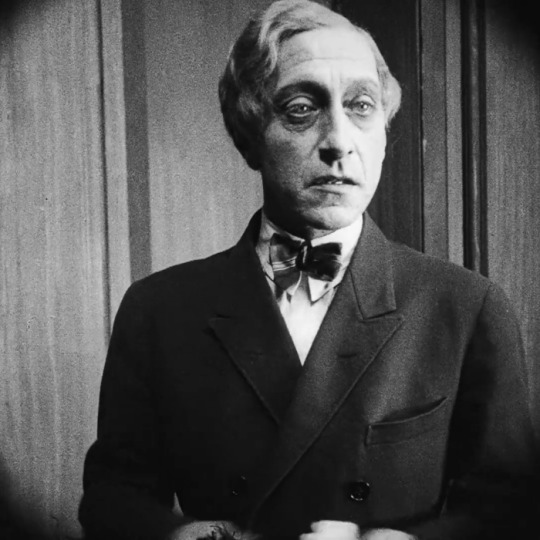






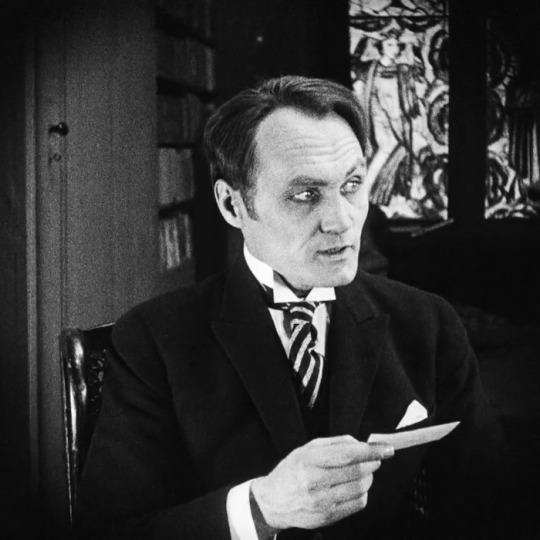


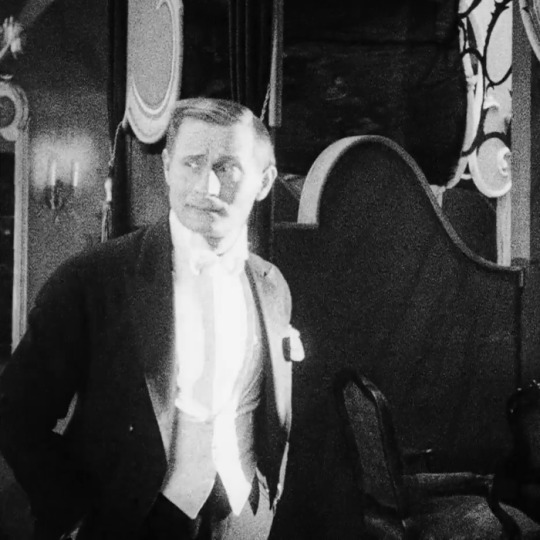
The cast of Fritz Lang's 1922 film, Dr. Mabuse, the Gambler
Starring: Rudolf Klein-Rogge, Aud Egede Nissen, Gertrude Welcker, Alfred Abel, Bernhard Goetzke, and Paul Richter
With: Robert Forster-Larrinaga, Hans Adalbert Schlettow, Georg John, Karl Huszar, Grete Berger, and Julius Falkenstein
#dr. mabuse the gambler#dr. mabuse der spieler (1922)#dr. mabuse#1920s#ensemble cast#classic film#silent film#german cinema#weimar cinema#german expressionism#filmedit#imageedit#my post
18 notes
·
View notes
Text
youtube
Bernhard Stavenhagen (1862-1914) - Drei Orchesterlieder: Mädchenlied ·
Helga Spatzek · soprano
Hans-Rainer Förster · Vogtlandphilharmonie ·
2 notes
·
View notes
Text
Germanic first names
In Northern and Western Europe exist two major name groups. Christian names (Greek/Latin) and Germanic names. Most Christian names are derived from saints and apostles, such as Johannus (John, Hans, Johan, Janus). Their meaning is often based on what the saint/apostle represents.
Germanic names consist of many sub-language forms, with many names originating from titles, pet names and even descriptions of character. Animal related names were popular, such as Bernhard or “As tough as a Bear”. It is possible that a person could change names throughout their life by achievements, rank in society or skills. Theodorik of Bern was probaply not “King of the People” when he was born, but took the name during his life.
Anyone from English, German, Frisian, Nordic descent has a possibility of having a Germanic name with similar versions existing in these languages. For example “leader” in Old Norse (Akar), Old English (Aca), Old High German (Ahho), Low Franconian/Low Saxon (=predecessor of Dutch) Aka.
Sources in Dutch:
Taaldacht.nl
Meertens Instituut
Digitale Bibliotheek voor de Nederlandse Letteren (DBNL)
#frankish#merovingian#viking archaeology#archaeology#carolingian#charlemagne#field archaeology#viking mythology#merovingian archaeology#germanic mythology
24 notes
·
View notes